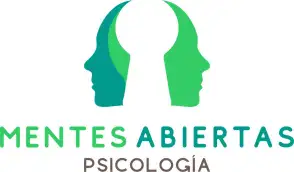Introduction
Agoraphobia is one of the most complex and disabling anxiety disorders, affecting millions of people worldwide. It is characterized by an intense fear of situations where escape might be difficult or where help might not be available during a panic attack. These fears severely limit the quality of life for those who suffer from it.
Understanding Agoraphobia
Beyond avoiding crowded places or open spaces, agoraphobia is an extreme response of the nervous system to perceived danger. This disorder, which often coexists with panic disorder, affects approximately 6% of the population at some point in life, with women being the most affected (75% of cases).
Common symptoms include:
- Anticipatory anxiety: Persistent fear of experiencing a panic attack.
- Avoidance: Gradual reduction in activities and places the person can engage in or visit.
- Physical symptoms: Palpitations, sweating, or dizziness when exposed to triggering situations.
- Social isolation: Avoidance of leaving home or interacting with others.
Therapeutic Options
1. Pharmacological Treatment
Antidepressants, such as paroxetine and venlafaxine, are essential tools for reducing anxiety symptoms, but their effectiveness increases when combined with psychological therapies.
2. Cognitive-Behavioral Therapy (CBT)
CBT includes cognitive restructuring and gradual exposure to feared stimuli, making it highly effective. However, many patients drop out due to the intensity of live exposure.
3. Virtual Reality (VR)
Virtual reality exposure therapy (VRET) is an innovation that allows patients to experience simulated feared scenarios in a controlled, safe, and adjustable manner. This improves treatment adherence and delivers results similar to or better than live exposure.
Scientific Evidence
A recent study compared three approaches in patients with chronic agoraphobia:
Results showed that the VRET group had higher adherence rates, significant improvements in social anxiety and panic symptoms, and sustained results over time.
Toward an Integrated Approach
Combining CBT, VRET, and medication represents the most promising approach to treating agoraphobia. This model addresses the limitations of each individual method while maximizing therapeutic benefits.
Final Thoughts
The treatment of agoraphobia has evolved into a more inclusive and technologically advanced approach. The integration of technologies like virtual reality not only improves clinical outcomes but also humanizes the therapeutic experience. If you or someone close to you faces this condition, consult a specialized professional: recovery is possible.


